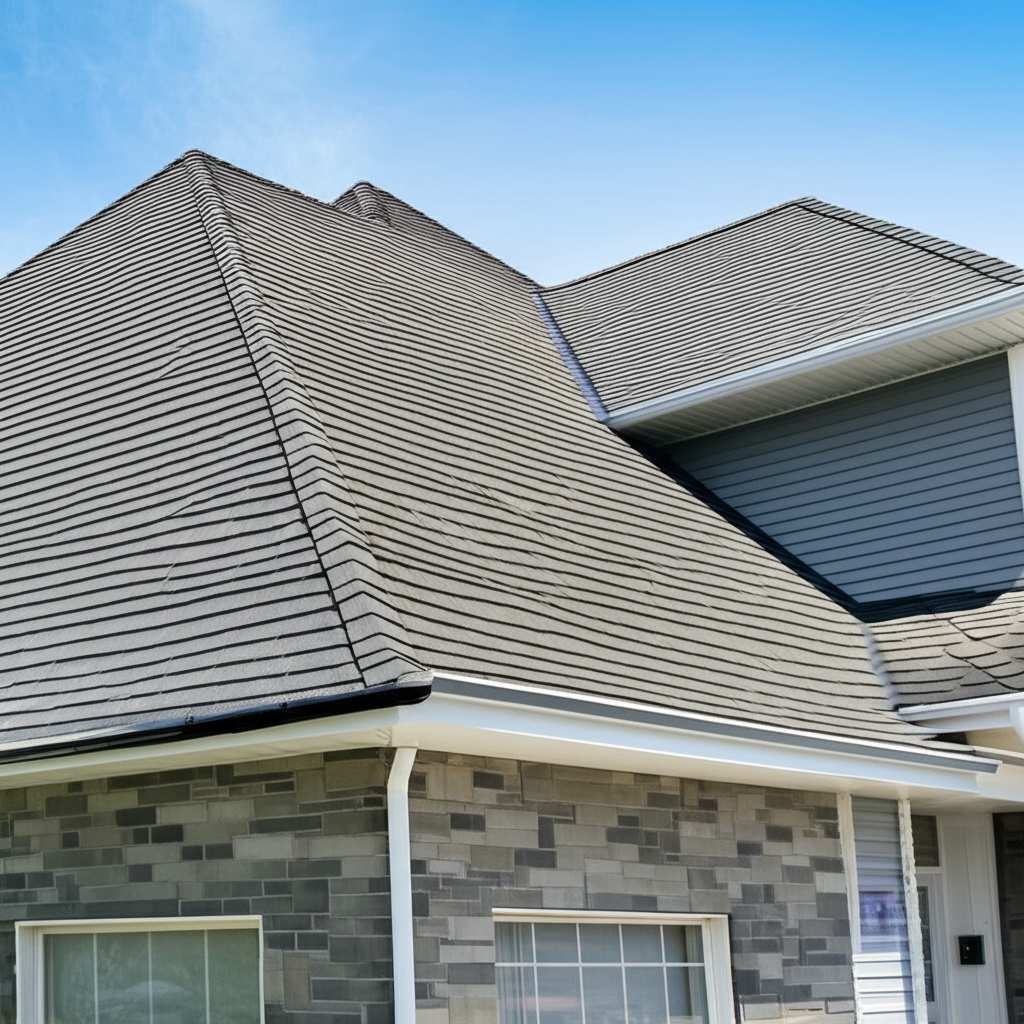Choose Storm-Resistant Roofing in 2025 for Lasting Protection and Savings
Storm-resistant roofing is a smart investment for homeowners facing extreme weather in 2025. With the right materials, you can reduce replacement costs by up to 40 percent while safeguarding your property against wind, hail, and other hazards. This guide walks you through selecting durable roofing options, understanding costs and timelines, and ensuring a safe, professional installation.
Why Storm-Resistant Roofing Matters
Severe weather events are increasing in frequency, making traditional roofing materials less reliable. Storm-resistant options, such as impact-rated shingles and standing seam metal, withstand winds over 140 miles per hour and resist hail damage. Beyond protection, these materials often qualify for insurance discounts, lowering long-term expenses. Investing now prevents costly repairs and extends your roof's lifespan to 25 or even 50 years.
Key Costs and Timelines to Plan For
A full roof replacement typically takes between 2 and 7 days, depending on the size and complexity of your home. Material costs range from $3,500 to $25,000, while labor expenses fall between $4,000 and $15,000. Total costs for a standard replacement can vary widely, often landing between $8,000 and $40,000 based on region and material choice. Allow an additional 1 to 2 weeks for permits and material selection before work begins.
Safety First: Risks and Precautions
Roofing projects carry significant risks, including falls, electrical hazards, and hidden structural damage. Never work alone, always wear fall protection gear, and shut off attic circuits before approaching vents or wiring. For heights above 12 feet or suspected structural issues, hire a licensed professional. Local building codes often require permits for full replacements, so verify requirements with your municipality before starting.
Essential Tools and Materials
Prepare for the project with the right equipment and supplies. You will need a ladder rated for roof access, a roof harness, a framing hammer, 1.5-inch roofing nails or specified fasteners, a pneumatic nailer, metal shears for metal roofs, and a caulk gun. Materials should include high-temperature self-adhesive underlayment, flashing kits, and your chosen roofing type, such as Class 4 impact-resistant shingles, standing seam metal panels, or TPO membrane for flat roofs. Rent a dumpster for debris disposal and consider recycling options for old shingles or metal.
Step-by-Step Guide to Selecting and Installing Storm-Resistant Roofing
- Assess Your Site's Risk Level: Start by ordering a wind uplift assessment or referencing local design wind speeds. If speeds exceed 140 miles per hour, classify your area as high-risk and prioritize the toughest materials. Confirm success by documenting the wind speed value in writing.
- Select Materials for Specific Hazards: Match your roofing to local threats. Choose Class 4 impact-resistant shingles for hail and wind, standing seam metal for wildfire and extreme wind, solar-integrated roofing for energy needs, or TPO membranes for flat roofs. Verify success by securing a material selection and warranty sheet.
- Specify Underlayment and Flashing: Opt for high-temperature self-adhesive underlayment and flexible liquid flashing for pipe and vent penetrations. Ensure the make and rating of underlayment are listed on your contractor's estimate.
- Hire a Qualified Contractor: Request bids from multiple contractors, verifying insurance, manufacturer installation certifications, and references from recent storm-zone projects. Sign a contract detailing scope, timeline, and warranty terms.
- Schedule and Inspect Installation: Plan work during a dry weather window and consider prefabricated panels to reduce on-site time. Require a final inspection to confirm wind uplift connections and flashing integrity, ensuring all issues are resolved or documented.
- Secure Insurance Benefits: Register your new roof with your insurer for potential performance-based discounts. Add roof sensors to monitor moisture or wind if desired, and confirm any premium adjustments with your provider.
Post-Installation: Cleanup and Quality Checks
Clear all debris into a rented dumpster and explore local recycling programs for metal or shingles. Retain disposal receipts for insurance or tax purposes. Inspect the finished roof for loose fasteners, gaps at flashing, or low spots on low-slope areas. Address minor issues by tightening screws or resealing edges, but halt work and contact a professional if you spot structural sagging, rot, or active leaks.
Maintaining Your Investment
Perform visual inspections twice yearly and after major storms to catch issues early. Depending on material and climate, expect a lifespan of 25 to 50 years; consult manufacturer specifications for precise ratings. Address small repairs promptly to avoid larger, costlier damage. For complex issues like gas or electrical connections with solar tiles, always rely on licensed experts.
Frequently Asked Questions
- What roofing material best withstands hurricanes? Standing seam metal and properly installed Class 4 shingles offer the highest resistance to wind and impact.
- Are permits necessary for roof replacement? Most jurisdictions require permits for full replacements and solar installations; check with local authorities.
- Can solar tiles be installed without professional help? No, solar electrical work demands a licensed electrician to ensure safety and compliance.
Maximize Protection with the Right Choice
Selecting storm-resistant roofing in 2025 equips your home to face nature's toughest challenges. By following this guide, you ensure a durable, cost-effective solution that protects your property and reduces future expenses. Take the first step today by assessing your risks and consulting with certified contractors for a secure, long-lasting roof.










